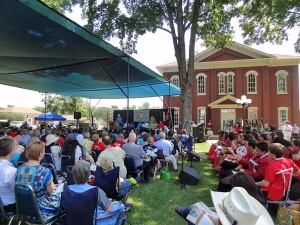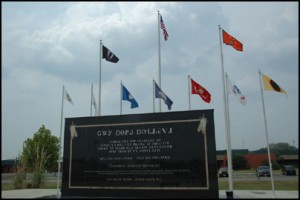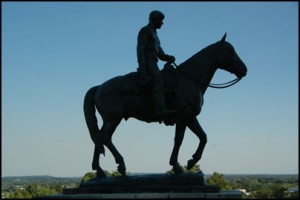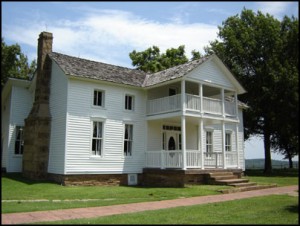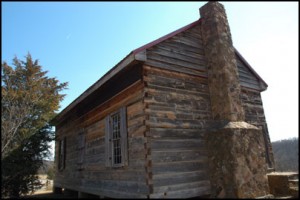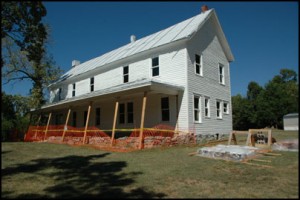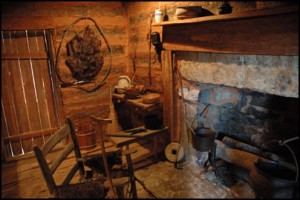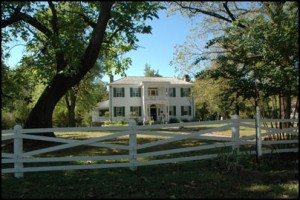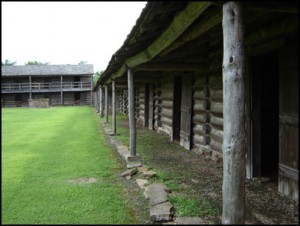Every year on Labor Day weekend over 100,000 visitors travel to the town of Tahlequah, Oklahoma to celebrate a uniquely Cherokee event — Cherokee National Holiday, also referred to as Cherokee Homecoming. The normally small town of just over 16,000 people welcome Cherokee and non-Cherokee from all over the world with festivities to celebrate the
Genealogy Queries for "oklahoma"
Veteran Warrior’s Memorial
All Gave Some…Some Gave All. The Cherokee Warrior Memorial is a veteran’s memorial located on the grounds of the Cherokee Nation headquarters. The moving memorial includes a black granite wall inscribed in both Cherokee and English with, “A grateful Cherokee Nation dedicates this memorial to all Cherokee men and women, both living and dead, who
Will Rogers Memorial
On November 4, 1879, William Penn Adair Rogers was born in Oologah, Cherokee Nation, Indian Territory. The son of a Cherokee senator, judge, and cattleman, Will Rogers grew up to become one of the most famous and popular world figures of his time. He first gained attention with his roping talent, and was even listed
Will Rogers Birthplace
On November 4, 1879, William Penn Adair Rogers was born in this house in Oologah, Cherokee Nation, Indian Territory. The son of a Cherokee senator, judge, and cattleman, Will Rogers grew up to become one of the most famous and popular world figures of his time. He first gained attention with his roping talent, and
Tahlonteeskee
Just outside of Gore, Oklahoma is a reconstruction of a Cherokee council house and courthouse from the 1829 capital of Tahlonteeskee. This site is just south of the actual site of Tahlonteeskee (now on private property). The Tahlonteeskee settlement was established in 1827 as the seat of Cherokee government in Indian Territory when the western
Saline Courthouse
Long before the famous Trail of Tears there were Cherokee already living in Indian Territory. The “Old Settlers” had started settling in Indian Territory in 1817. These Old Settlers set up their own capital, council and court system. The court system was made up of several district courts. When the Eastern Cherokee arrived in Indian
Sequoyah’s Cabin
Sequoyah was born in the 1770s in the Cherokee village of Tuskegee on the Tennessee River. His name Sikwo-yi is Cherokee for “pig’s foot,” which leads many to believed that he was crippled. Sequoyah was a mixed-blood Cherokee. His mother, Wureth, was a member of the Paint Clan. His father, Nathaniel Gist, was a Virginia
Cherokee Female Seminary Columns
Just ten years after the Cherokee Nation was relocated to Indian Territory on the Trail of Tears, the Cherokee had made great strides in rebuilding the tribal infrastructure. In 1849, the Cherokee National Council turned their attention to education. The Council allocated the funding needed to build two non-denominational, secondary boarding schools – the Male
George Murrell Historic House
The Murrell House was built around 1845 for George and Minerva Murrell. George Murrell, a wealthy Virginia merchant, married Minerva Ross, niece of Principal Chief John Ross. The family settled in Park Hill at the time of the Trail of Tears with the Ross family. After Minerva’s death, George married her sister Amanda. The Civil
Fort Gibson
In 1824, Cantonment Gibson (renamed Fort Gibson in 1832) was built and commanded by Colonel Matthew Arbuckle as a western outpost in Indian Territory to rest the growing tension between the Osage and the Cherokees. In 1838-1839, however, the fort took on a new role as a terminus for the Trail of Tears, the forced
